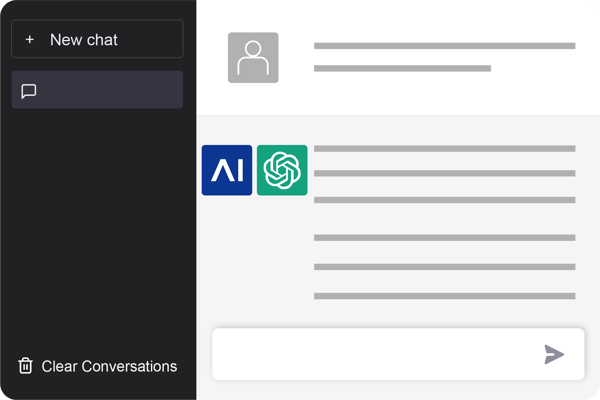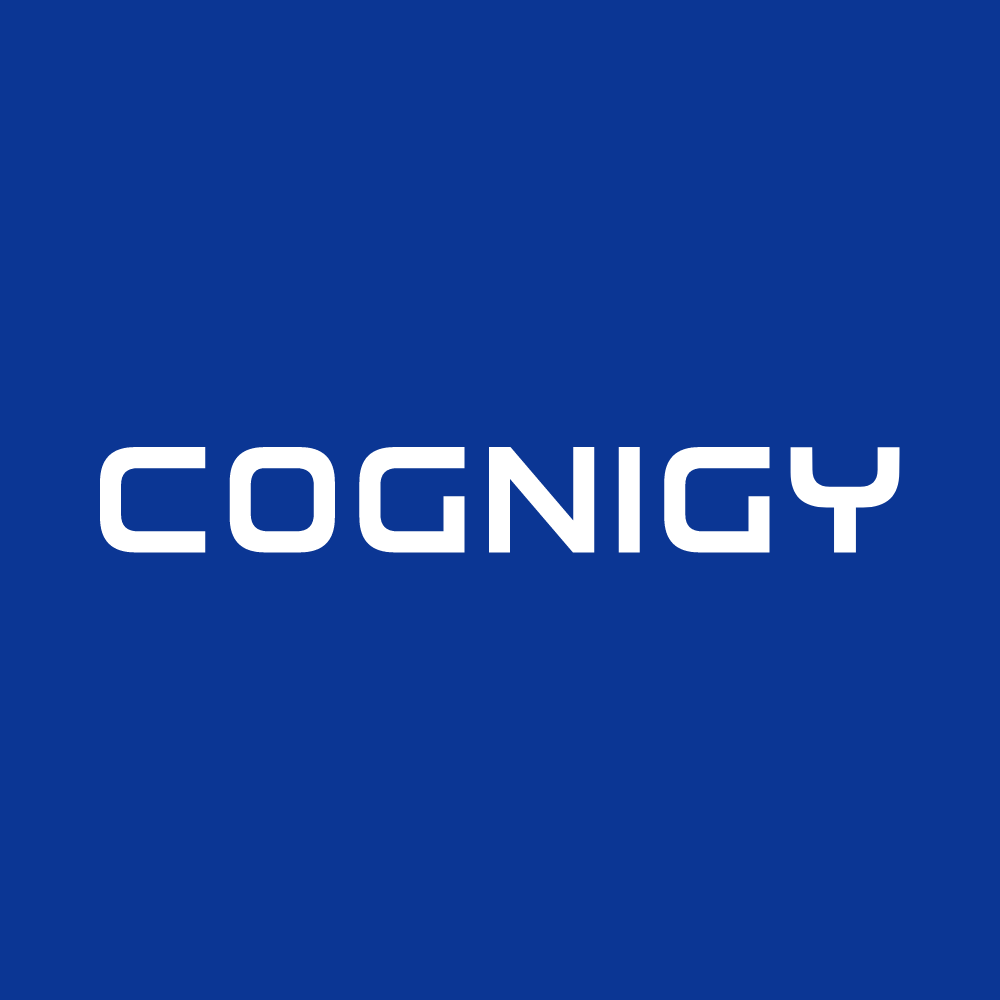Delivering an excellent customer experience (CX) is the top priority for every contact center. This unwavering prime directive is a mission-critical best practice for any successful contact center.
Without access to customer service support solutions, your business simply cannot operate at peak efficiency.
To ensure agents are responding to customers quickly, many contact centers are using the monitoring capabilities of cloud-based platforms that offer real-time insights into response metrics.
Monitoring interactions to identify where your opportunities lie provides an excellent training resource for your workforce and improves CX metrics like first-call resolution. This article will highlight how deploying a cloud contact center solution can provide real-time insights that can be leveraged into actionable data.
What Metrics Like First Response Time (FRT) say About Your Business
The average handle time of your contact center helps tell the story of your overall CX by highlighting how long your customers spend engaged with your agents, virtual agents, or chatbots. For today’s cloud contact centers, the time to transition a query to a live agent is still a key metric that affects resolution outcomes.
But perhaps a more important metric to assess is the first response time. Assessing this aspect of your business helps you understand how your brand is perceived by customers. Today’s consumers expect an efficient resolution to their inquiries – one way to show them how much you value their business is by engaging them as quickly as possible. Even when handling complex issues, most customers will appreciate how fast their queries were addressed.
Answering a customer query quickly and efficiently can greatly influence your overall net promoter score (NPS). As defined by the Corporate Finance Institute (CFI) this metric represents the willingness of your customers to recommend your product or services to others. Meeting customer expectation levels by answering their inbound call quickly can help move dissatisfied customers toward promoters who will share their positive experiences with others.
Measuring NPS in an index from -100 to 100 supplies valuable insight into customer loyalty and overall service level scores.
Delivering quality training tools for your agents based on metrics like FRT can help streamline the processes that ultimately influence your contact center CX. Although averages for ‘time to answer’ vary between contact centers, a widely accepted industry standard follows the 80/20 rule. Service level calculations can be figured out by saying that ‘X percent of contacts’ are answered in ‘Y seconds’ – and 80% of calls answered within 20 seconds is a widely accepted target.
To really drive brand engagement and offer the ultimate customer service experience, many of today’s contact centers aim to answer 90% of contacts within 15%. This goal may be a service-level target for your business – but how can you work towards obtaining it?
How to Measure Your Response Times
In order to impact your FRT scores, you must first understand why your contact center is performing the way it is. While this may sound easy enough – after all, FRT is simply the length of time between a customer reaching out and your organization responding – there are a number of factors that influence your score.
For insight into why your FRT scores are what they are, monitoring how they fluctuate can supply insight into when you can make improvements. For example, peak hour traffic data can not only identify your busiest times – studying FRT and resolution rates within peak hours will showcase the efficiency of your training and support strategies. If you’re not seeing a dramatic difference in FRT as opposed to off-peak hours, your systems and agents maintain a high level of service, even when the pressure is on. Tracking agent performance and identifying who is struggling amongst your teams can highlight the need for additional training.
Implementing contact center key performance indicators (KPIs) based on these hours can help whittle away at your overall time lapse scores. Analyzing your call arrival rate indicates the number of live inbound calls your agency experiences over the course of the day. An actionable plan stemming from this data could result in your management team scheduling experienced agents at busier hours.
Abandonment rate is another KPI (Key Performance Indicators) metric you can track that may be related to response times. If your average response time isn't up to customer expectations, you may experience a higher volume of abandoned calls. Customers often become more frustrated the longer they're waiting for a center agent.
When aiming for a high customer satisfaction score metric, monitoring both hold time and work time — in addition to your call center response time -- can give you a high-level view of the factors that impact customer loyalty.
Another element to consider when gauging your response time is what the overall cost to your business amounts to. The cost per call (CPC) metric can track your efficiency based on the resources allocated to generating the call response. Additional data regarding the agent’s time to carry out the call, their contact resolution score, and your investments into the hardware and software that enabled their interaction can be ascertained by viewing your FRT from another perspective.
Tips to Improve Your Calls
Simply throwing technology at your challenges and expecting an improvement won’t suffice. In order to impact your cloud contact center performance, you should look for harmony between intelligent systems offerings and the capable agents that are the backbone of your agency.
Self-service across channels is a cost-effective solution for many contact centers, and is a preferred method of interaction for customers as well. However, not all issues can be easily resolved — and if you’re deploying a self-service solution simply for financial benefits, you’re missing out on a key component of high CX.
Systems like Interactive Voice Response (IVR) certainly represent a value-add for your business – but leveraging the empathy component of a human agent can be a critical part of a resolution outcome. When customers are dealing with problems they can’t easily resolve, enabling a seamless transition to a live agent — who has leveraged your cloud-based platform to inform themselves of the client’s history and self-service progress — can be a transformative loyalty-building tool for your business.
When it comes to assessing response times, implementing a contact quality process with your agents can motivate them to achieve specific goals. After completing a complex call, have a
supervisor or manager spend time reviewing the agent’s actions in addition to the outcome of the call itself. Try using a comprehensive evaluation form with key criteria supported by observed metrics. Your agents will feel empowered not only by the outcome of the interaction with the customer – but by the data that showcase their performance.
Pointing out objectives – for example, shaving a second off of their call response scores by the next evaluation – creates individual goals that add up to wins for your team and business.
Conversational Artificial intelligence — The Key Customer Time Saver
To deploy a native workforce optimization (WFO) strategy, look for a solution that provides visibility into industry standards and the best means of combining great practice with accurate data. Many of today’s cloud-based contact center platforms utilize artificial intelligence (AI) technologies to deliver information that can improve your customer experience.
Conversational AI accelerates access to better experiences via a central point of coordination and automation instead of legacy silos. With easy-to-use low-code environments and simple drag-and-drop graphical user interfaces, business users can build, maintain, and launch their own virtual agents. This gives departments the autonomy and flexibility to quickly meet their needs without relying on IT resources and developers.
Agent Assist, while many use cases revolve around customers, agents benefit from Conversational AI too, and in real-time. Using natural language understanding and automation, Conversational AI can actively help agents by listening to conversations in the background, analyzing and understanding them, and then offering proactive suggestions for agents such as documents (e.g., an airline’s baggage policy or a telco’s up-grade path), links to web resources, and responses. When integrated into backend systems, agents can even directly carry out tasks from the chat, such as upgrading customer accounts, all without leaving the chat. Best of all, this functionality applies to both voice and chat meaning an agent on the phone will get the same proactive help as in a live chat.
Cognigy.AI is the leading Enterprise Conversational Automation Platform for building advanced, integrated Conversational Automation Solutions using AI powered virtual agents and chatbots.
Deploying a Conversational AI solution for your contact center supports your live agents by enabling self-service and first-contact opportunities for simple customer interactions. Armed with voice language detection, these bots act as the first line of communication for inbound customer inquiries. They come into their own when managing repetitive tasks, such as bookings, cancellations, account changes, password resets etc. This frees your agents to handle the more complex interactions that can affect your CX outcomes and provides a seamless transition experience for customers seeking next-level service that requires a human touch.
Cognigy.AI also offers unprecedented insight into the metrics that can drive your training strategies. Deploying the platform enables you to visualize changes in your conversations in real-time via a graphical editor that tracks call progress in a streamlined monitoring environment.
Mobily leverages Cognigy.AI to reduce FRT
Telecommunications leader Mobily — one of the world’s largest wireless networks — relies on Cognigy.AI to minimize customer answering times and lighten the burden on their contact centers. General Manager of Digital Experience at Mobily, Mubarak S. Alharbi chose Cognigy.AI for his team because it offers a scalable and modern resource that could easily work with its existing applications and infrastructure.
“What we liked most about Cognigy.AI was the connectors and low-code capability that it offers, which allows the CX team to build the conversations by themselves without the need for heavy IT involvement. This leads to a faster time to market and the ability to release more services and conversations,” notes Alharbi.
Today the virtual agent is present on multiple Mobily social channels. The bot hands over conversations to agents, providing them with key information related to the previous dialogue. Armed with the right tools to facilitate a successful resolution, agents continue the conversation while the AI monitors the service session. If needed, Mobily’s agents know they can turn over the call to their virtual assistant.
The results of Mobily’s partnership with Cognigy.AI speak for themselves — their virtual agents now answer inquiries in approximately 6 seconds, reducing their previous FRT average of 20 minutes.
Mobily is just one of the businesses that has trusted Cognigy to gain insight into customer behavior while reducing costs and overload in their contact centers. If you’re looking to improve data analysis, training strategies, and customer service, trust the leading conversational automation platform.

.png?width=60&height=60&name=AI%20Copilot%20logo%20(mega%20menu).png)




.png?width=600&height=600&name=Knowledge%20AI%20Feature%20image%20(2).png)














